Metric:
350gr Shrimp
( peeled and de-veined, tails removed )
30 Gyoza Wrappers
80ml Water
50gr Nira / Chinese chives
( chopped finely )
25gr Cornstarch
22gr Oil
22gr Sake
22gr Soy Sauce
15gr Sesame Oil
Dipping Sauce:
45gr Rice Vinegar
45gr Soy Sauce
15gr Chili Oil / Rayu
( or Sesame Oil )

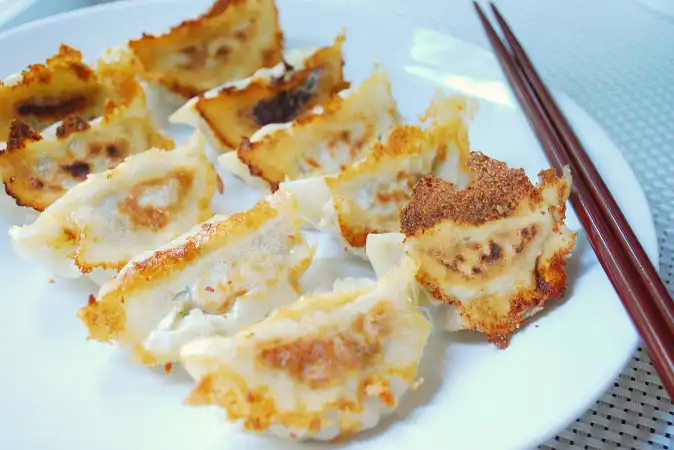


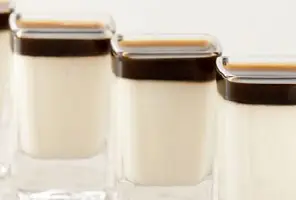
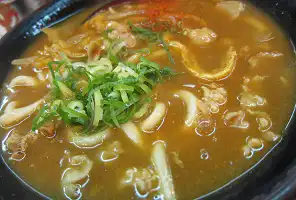
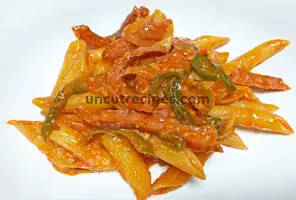
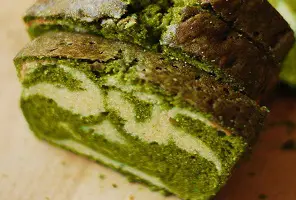
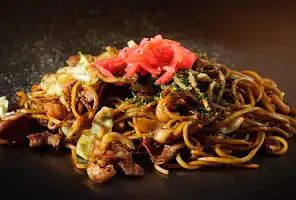
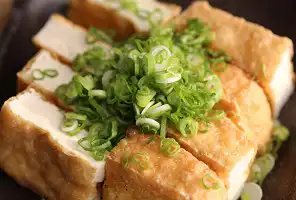
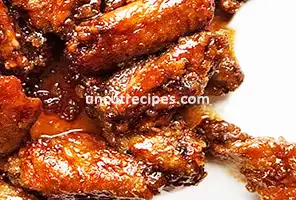

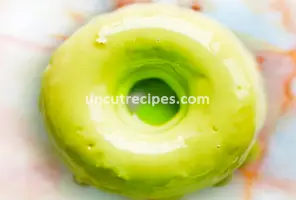
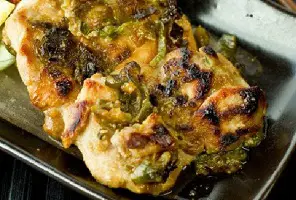
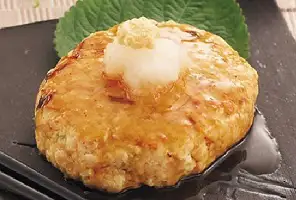

December 29, 2019
Dumplings were delicious! I've stored some in the freezer for tomorrow. Next time I'll make double and freeze them. bought wonton wrappers to make this recipe and it was great.